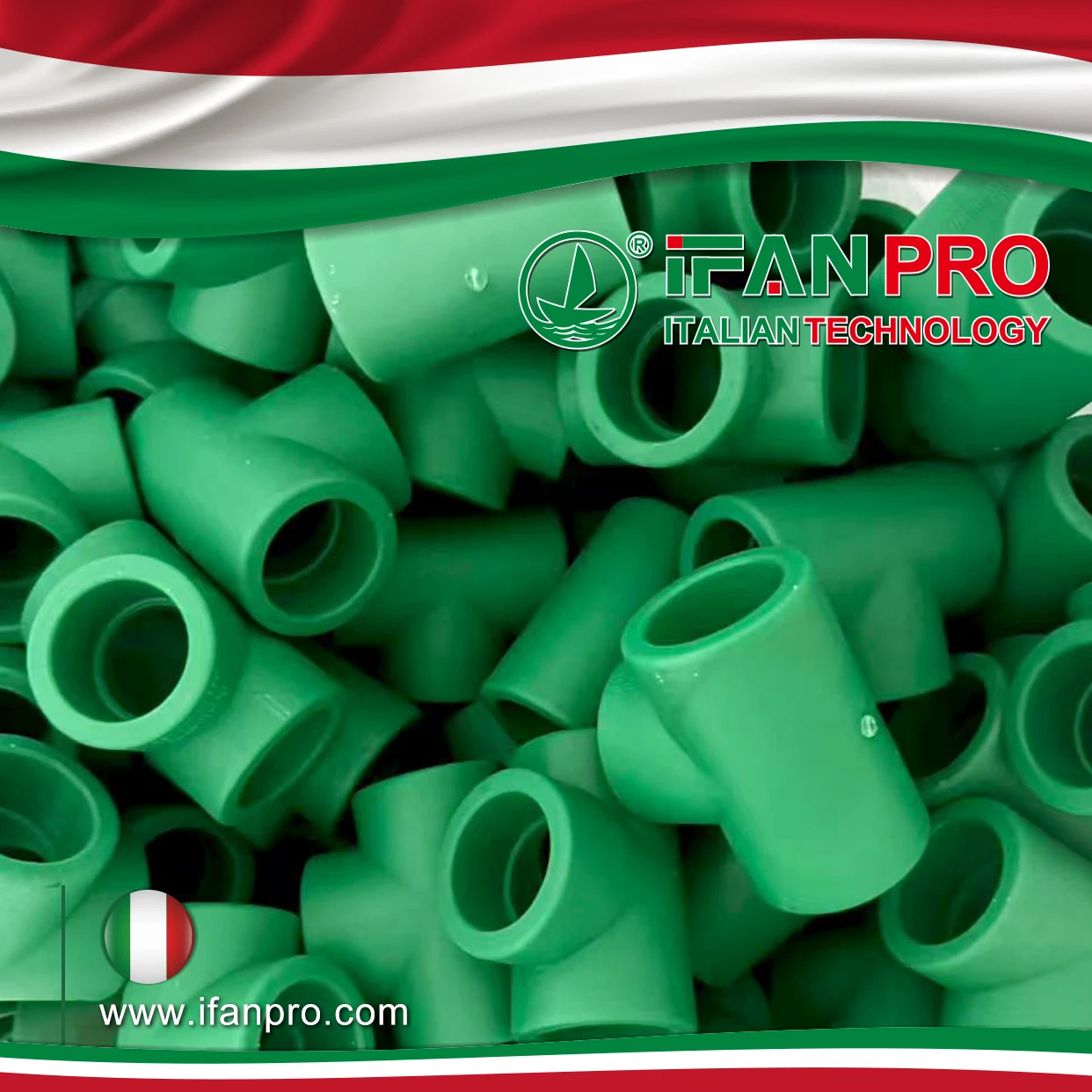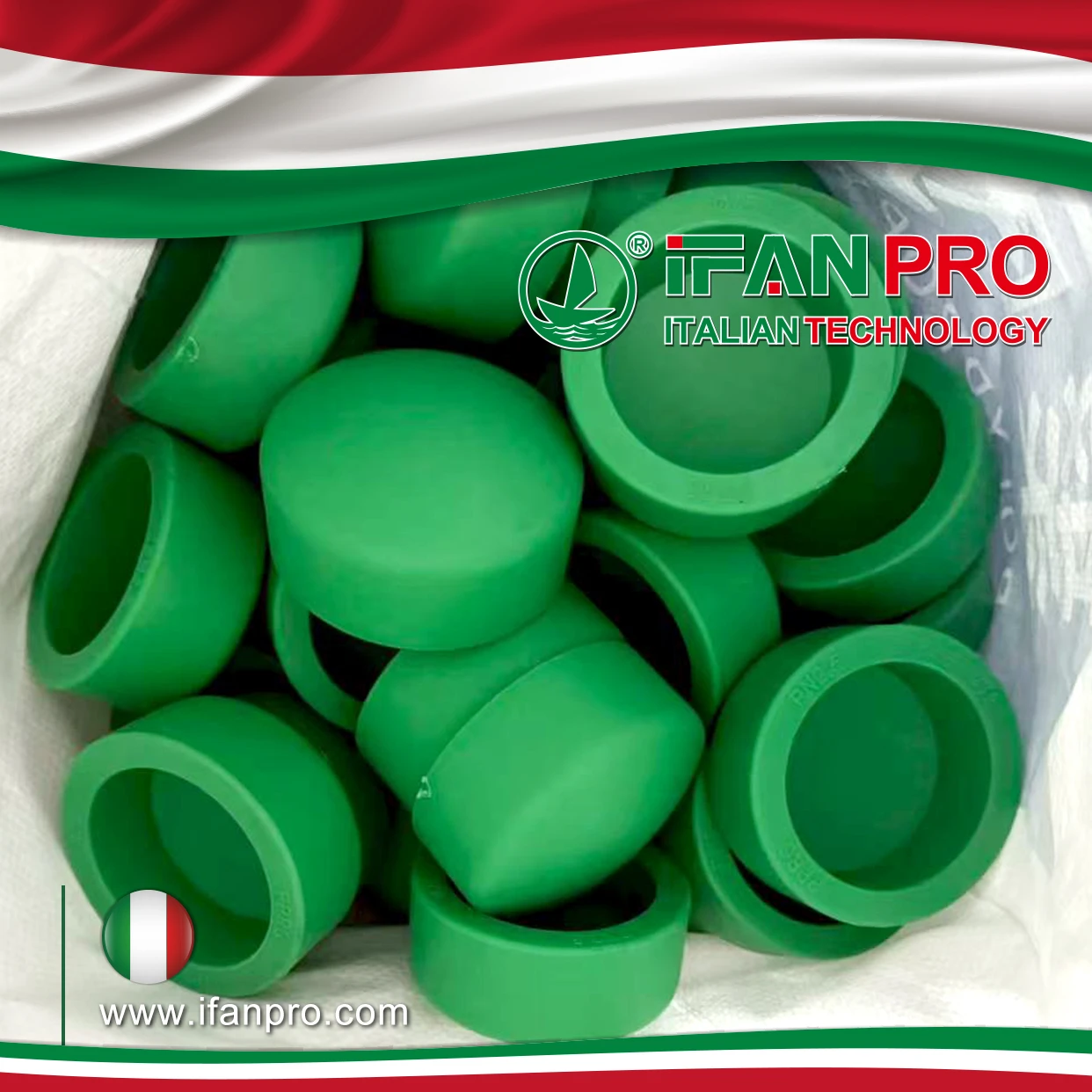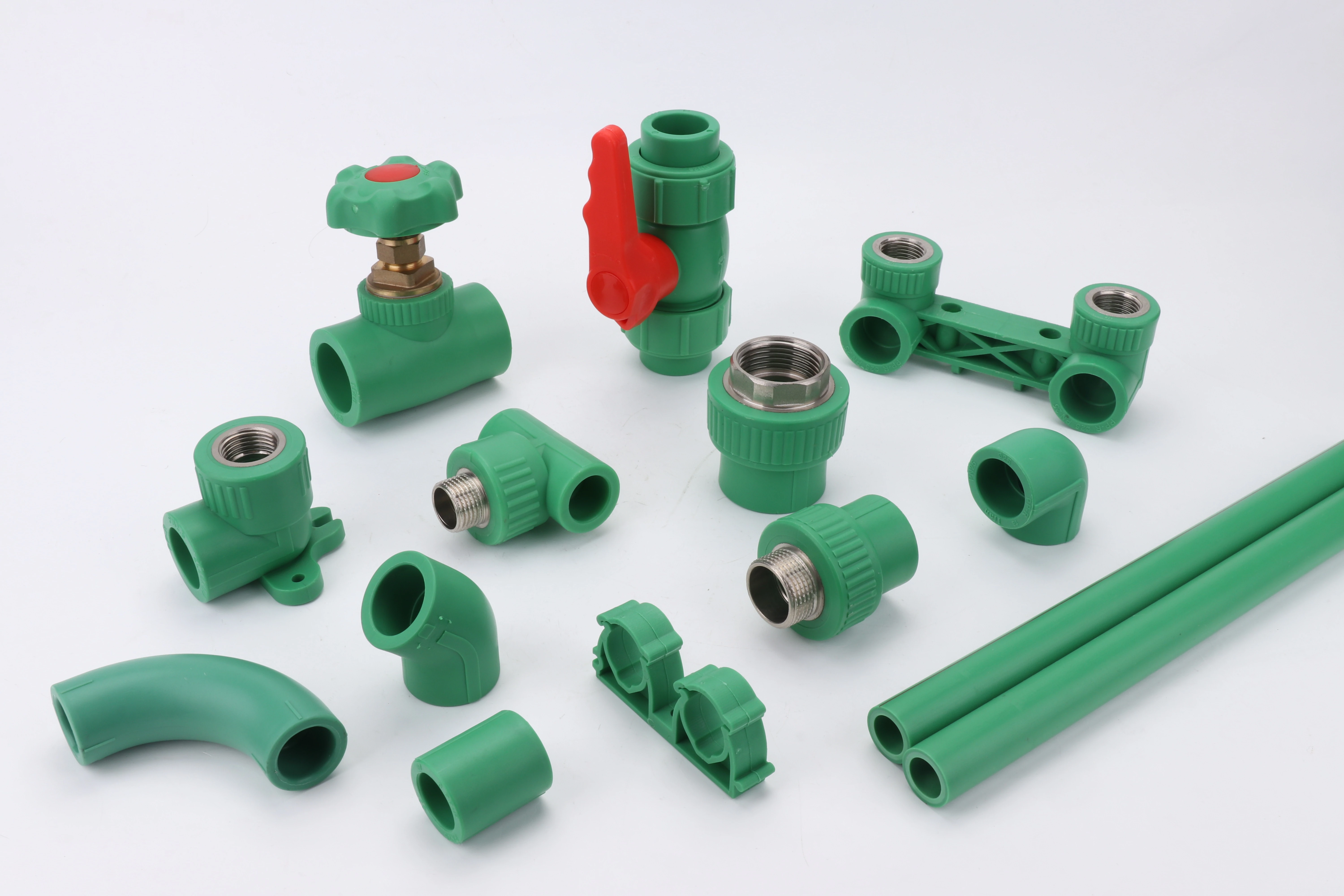A 1 inch PVC gate valve controls water flow in residential and commercial plumbing systems. These compact valves offer reliable shutoff capabilities for pipes carrying non-corrosive liquids at moderate pressures.
What Is a 1 Inch PVC Gate Valve?
Gate valves use a sliding gate mechanism to start or stop fluid flow completely. The 1 inch size refers to the internal diameter of the valve opening. PVC construction provides chemical resistance and cost-effectiveness compared to metal alternatives.
The valve body houses a wedge-shaped gate that moves perpendicular to the flow direction. When fully open, the gate retracts completely from the flow path, minimizing pressure drop.
Key Features and Benefits
Corrosion Resistance: PVC material withstands exposure to acids, alkalis, and salt water without degrading.
Smooth Operation: The gate mechanism operates with minimal friction, requiring less torque to open and close.
Full Flow Design: Open valves create an unobstructed passage, maintaining system pressure and flow rates.
Temperature Range: Standard PVC gate valves function effectively between 32°F and 140°F.
Leak-Proof Sealing: EPDM or Viton seals prevent internal and external leakage when properly installed.
Common Applications
Residential water supply lines frequently use 1 inch PVC gate valves as main shutoffs. Pool and spa systems rely on these valves for equipment isolation during maintenance.
Industrial processes involving chemical solutions benefit from PVC’s chemical inertness. Irrigation systems use gate valves to control water distribution to different zones.
Water treatment facilities install these valves in filtration and chemical feed lines. Food processing plants choose PVC valves for non-toxic fluid handling applications.
Installation Guidelines
Mount gate valves with stems positioned vertically when possible. This orientation prevents sediment accumulation in the valve body. Use appropriate pipe thread sealant or PTFE tape on threaded connections.
Support heavy valve assemblies independently from the piping system. Allow sufficient clearance above the valve for stem operation and maintenance access.
Gradually open and close gate valves to prevent water hammer effects. Never use gate valves for flow regulation – they function as on/off devices only.
Maintenance Requirements
Inspect valve operation quarterly by cycling through full open and closed positions. Check for external leaks around the stem packing and body joints.
Replace stem packing if persistent leakage occurs around the operating stem. Clean debris from valve seats during scheduled maintenance periods.
Gate valves in sediment-prone applications require more frequent inspection. Flush systems before extended shutdowns to prevent particle settling.

Selection Criteria
Pressure Rating: Choose valves rated above maximum system pressure. Standard residential applications typically require 200 PSI minimum rating.
End Connections: Threaded, socket, or flanged connections match different piping systems. Socket connections provide the strongest joint for permanent installations.
Stem Design: Rising stem valves indicate open/closed position visually. Non-rising stems save vertical space in confined installations.
Seat Material: EPDM seats handle standard water applications. Viton seats resist chemical attack in industrial processes.
Sizing Considerations
Match valve size to pipe diameter for optimal performance. Undersized valves create unnecessary pressure restrictions. Oversized valves add cost without performance benefits.
Flow velocity through 1 inch valves should not exceed 8 feet per second in continuous service. Higher velocities accelerate wear and increase noise levels.
Consider future system expansion when selecting valve sizes. Installing larger valves initially costs less than system modifications later.
Quality Standards
Look for valves meeting ASTM D1784 material specifications for PVC compounds. NSF 61 certification ensures drinking water safety compliance.
Pressure testing per ASTM D1598 validates structural integrity under operating conditions. Third-party testing provides independent performance verification.
Cost Factors
PVC gate valves cost significantly less than bronze or stainless steel alternatives. Initial savings multiply across large installations with numerous valves.
Energy costs remain lower due to reduced pressure drop through fully open gate valves. Maintenance expenses decrease with PVC’s corrosion resistance.
Replacement parts availability affects long-term ownership costs. Choose manufacturers with established distribution networks for reliable parts supply.
Troubleshooting Common Issues
Hard to Operate: Mineral deposits on valve seats cause binding. Disassemble and clean internal components. Replace damaged seats if scoring occurs.
Internal Leakage: Worn or damaged gate seats allow fluid bypass. Inspect seat surfaces for debris or wear marks. Replace complete seat assembly if necessary.
External Leaks: Loose packing glands or deteriorated seals cause stem leakage. Tighten packing nut gradually while operating valve stem.
Custom Solutions
Standard valve configurations meet most applications effectively. However, unique system requirements sometimes demand specialized designs.
Custom end connections accommodate non-standard piping systems. Modified actuator mounting enables automated operation integration. Enhanced materials resist specific chemical exposures beyond standard PVC capabilities.
Professional manufacturers like Yifan Pipeline offer engineering support for custom applications, ensuring optimal valve selection and system performance.
Conclusion
One inch PVC gate valves provide reliable, cost-effective flow control for numerous applications. Their chemical resistance, smooth operation, and maintenance simplicity make them ideal for residential, commercial, and light industrial use.
Proper selection, installation, and maintenance ensure years of trouble-free service. Consider system requirements carefully to choose the optimal valve configuration for your specific application.













Commentaires récents